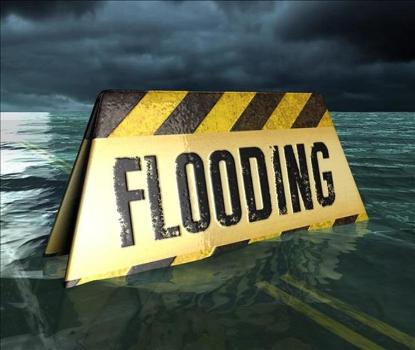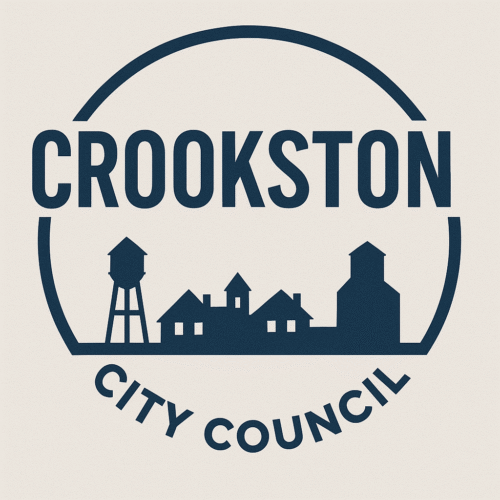The Severe Weather Awareness Week Topic for Wednesday is Floods and Flash Floods. Flooding is one of the most common natural hazards in Minnesota. Seasonal snowmelt floods tend to develop slowly, while flash floods develop quickly during a big storm.
Crookston Firefighter Chris Klawitter said floods are the most common natural disaster in Minnesota. “They are the most common natural disaster in Minnesota,” said Klawitter. “Seasonal snowmelt floods tend to develop slowly, which is what we’ve experienced this spring and most other springs, meaning we have some time to make plans. Flash floods can develop very quickly and leave little time for preparation. We did have some flooding issues with the torrential rain last fall. The water came very fast, and we had some flash flood situations in areas we weren’t quite used too.”
Additionally, Klawitter says if you are considering buying flood insurance, you should do so at least 30 days in advance. “Before a flood, the best thing you can do in advance of at least 30 days is to have flood insurance if you are in a flood-prone area,” said Klawitter. “The policy needs ample time to be in effect. You can’t call the morning that you are flooding and expect to have flood insurance that will cover you. Elevate your stuff in the basement, such as furnaces, water heaters, make sure electrical appliances are up off the floor in case you do get water. And install check valves, meaning one-way valves, in your sewer system so you can’t get back-up through the sewer system.”
Flash flooding and overland flooding can create dangerous situations for driving. People shouldn’t drive through water as few as six inches of water can cause loss of control and potentially stall a car. A foot of water will float many vehicles, and two feet of rushing water will carry away most vehicles, including SUVs and pickups.
Minnesota’s statewide tornado drill will take place on Thursday. Outdoor warning sirens and NOAA Weather Radios across the state will be sounded at 1:45 p.m. and 6:45 p.m.
Tags:



